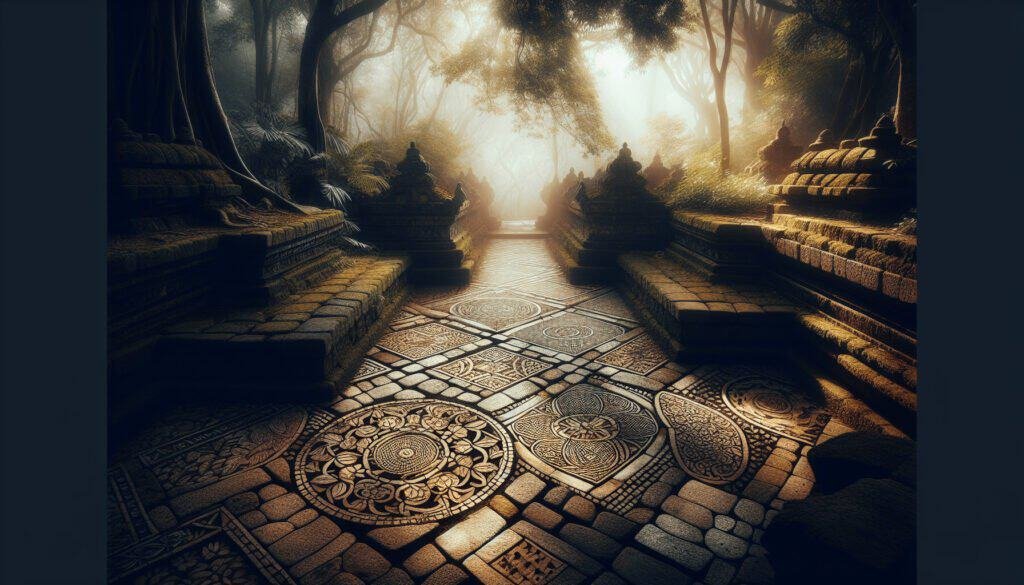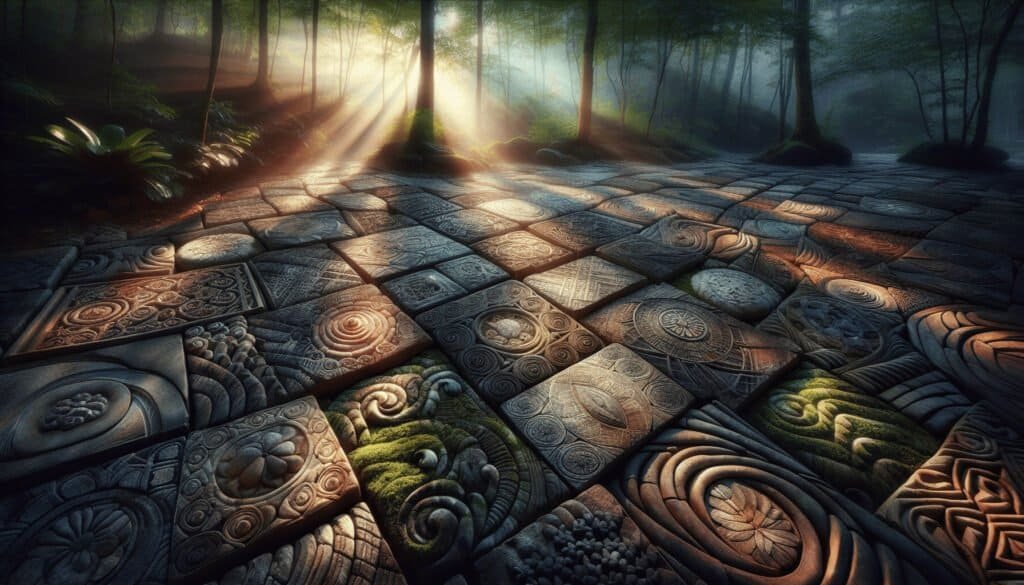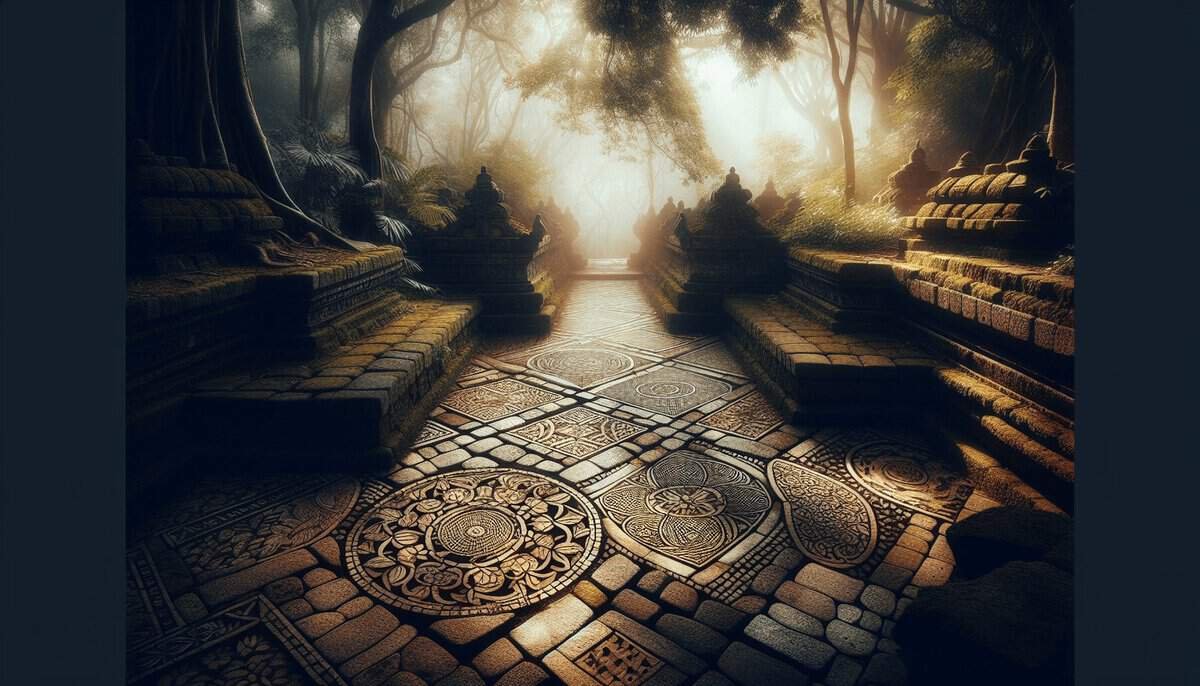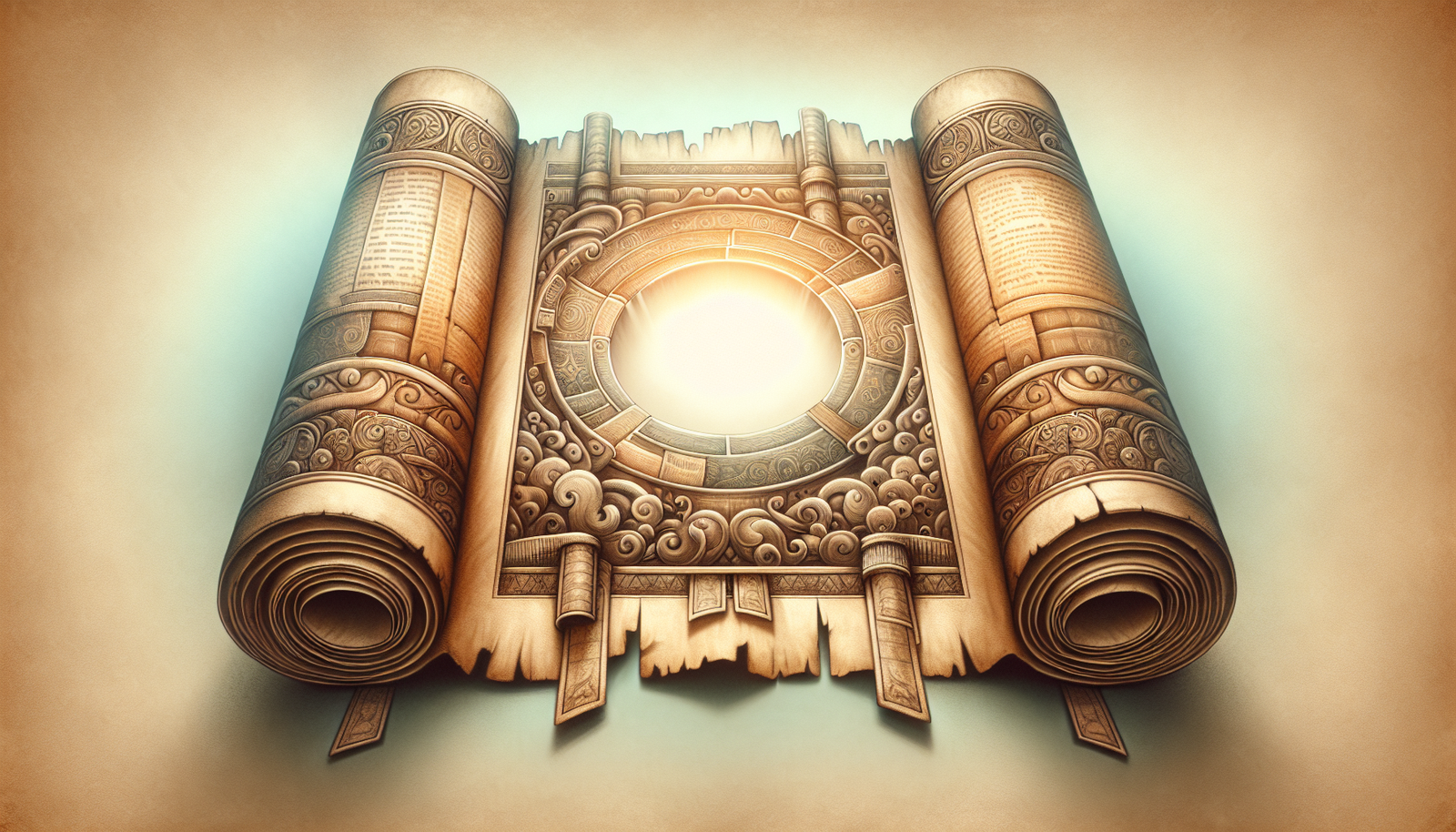Have you ever considered how the remnants of ancient rituals, particularly those involving stone paving, echo through the corridors of history? The fascinating intersection of archaeology, culture, and the age-old question of purpose gives us a deeper understanding of our past. It serves as a reminder that every stone that has been laid carries with it a narrative waiting to be uncovered.

The Significance of Stone Paving in Ancient Rituals
Stone paving—often seen merely as a structural necessity—serves as a profound symbol in many ancient cultures. From ceremonial grounds to sacred spaces, the craftsmanship involved tells us more than just about the practicality of stone; it unveils the rituals and beliefs that shaped civilizations.
Cultural Importance
Right from the Babylonians to the Romans, various cultures utilized stone paving as an integral part of their religious practices and social gatherings. The meticulous placement of stones not only reflects the architectural genius of the time but also indicates a commitment to something much greater.
- Ceremonial Grounds: Many ancient rituals took place in designated areas, often paved with painstaking attention to detail.
- Social Interaction: These spaces acted as a stage for communal activities, binding people together in both celebration and solemnity.
This blending of practical and symbolic significance gives stone paving a weight that resonates through the ages.
Archaeological Findings
Recent excavations have revealed several sites where stone paving played a critical role in ancient ritualistic practices. For instance, the sacred city of Jerusalem has layers of history, where stone pavements are not merely functional but also serve as a monument to the spiritual and communal aspirations of past societies.
- The Western Wall: It is often cited as a key example, where stones have stood for centuries, bearing witness to prayers and reflections.
- Stone Circles: Sites like Stonehenge have long puzzled historians and archaeologists. The arrangement of these stones is believed to have held astronomical or mystical significance.
Every chiseled edge and strategically placed stone is a testament to the rituals and values that framed their society.
The Theological Debate Over Purpose
You might ponder—what were the real purposes behind these ancient rituals involving stone paving? The debates surrounding this topic are lively and thought-provoking. Scholars often find themselves at odds, each pointing to different interpretations based on archaeological evidence and historical texts.
Religious Symbolism
At the heart of many discussions is the concept of religious symbolism. In various traditions, stones are considered sacred, serving as embodiments of the divine.
- Foundation of Beliefs: For many cultures, stones were perceived as gifts from the gods or as conduits of spiritual energy.
- The Offering: The practice of laying stones at altars or in specific patterns can be seen as a form of offering, a way to communicate with the divine.
This intertwining of the material and spiritual crafts a complex picture of belief and practice that continues to influence modern worship.
The Question of Function
While some argue that these pavings served a purely ceremonial function, others argue they also had practical applications. Think about it—large gatherings not only required a space but also the facilitation of movement and interaction.
- Gathering Spaces: These paved areas likely acted as platforms for speeches, festivals, and gatherings of all kinds, hinting at a social purpose.
- Rituals as Community Building: Rituals performed on these grounds could have cemented community ties, instilling a sense of belonging and identity among participants.
The nuances of these discussions enrich our understanding of ancient societies and their relationships with both the physical and metaphysical worlds.

Uncovering Unique Insights
The stories that emerge from the study of stone paving and rituals are as varied as the cultures that created them. A closer examination reveals not just the how, but the why—why our ancestors felt compelled to construct these enduring symbols of belief and community.
Symbolism in Artifacts
As you wander through archaeological digs, you’ll find that tools, pottery, and remnants of daily life underscore the rituals conducted on these paved stones. Each artifact offers clues about the rituals:
- Carvings and Inscriptions: These often tell tales of the divine, local deities, and significant events celebrated by these cultures.
- Burial Grounds: Many stone pavings serve as sites of interment, further reinforcing the idea of stones as guardians of sacred memories.
Analyzing these contexts allows scholars and the curious alike to piece together the social fabric of ancient communities.
The Parallel to Modern Practices
Doesn’t it spark your interest how these ancient rituals still find their resonance in modern practices? For example, the use of stone in contemporary religious spaces echoes ancient practices that paved the way for spiritual expression.
- Modern Ceremonies: Weddings, memorials, and community gatherings often utilize stone elements, linking us to our ancestry.
- Landscaping: Even outside of formal rituals, the aesthetic application of stone in gardens and public spaces nods to the enduring importance of this ancient practice.
By recognizing these threads that connect us to the past, we can appreciate how deeply woven the concept of stone paving is in both our physical and spiritual landscapes.
Bridging Ancient Contexts with Modern Perspectives
As you reflect on the significance of stone paving, consider how the echoes of these ancient rituals continue to inform our contemporary worldview. Understanding the past helps us appreciate the intricate tapestry of human experience.
The Role of Ritual in Society
One key takeaway from examining these ancient traditions is the critical role ritual plays in binding communities together. Stone paving serves as a reminder of the places where people gathered, celebrated, mourned, and worshiped—actions that defined them as a collective.
- Cultivating Connection: In a world that can feel increasingly fragmented, the lesson of community building through shared rituals endures.
- Incorporating Old into New: Many modern spiritual practices have roots steeped in the traditions of stone paving, showing how ancient customs still hold value today.
As we navigate our own journeys, perhaps reflecting on these ancient rituals can provide insight into how we can form meaningful connections in modern society.
A Concluding Thought
Stone paving is more than just a matter of practicality and aesthetics. It serves as a bridge connecting us to ancient rituals, beliefs, and communities that have shaped our world today. This exploration underlines the importance of understanding our roots—a necessary context for appreciating the complexities of the human experience.
As you think back on the discussions around the true purpose of these ancient practices, it becomes evident that the nuances of ritual go beyond the tangible elements of stone. They encompass a spectrum of beliefs and philosophies that continue to evolve.
In this light, your exploration of stone paving and the rituals of the past is not merely an academic pursuit but a journey into understanding ourselves.
So, what echoes might you hear calling from the past? How can those whispers inform your present? The stories woven into stone continue to resonate, inviting you to listen, reflect, and perhaps even participate in the age-old dance of human connection.



